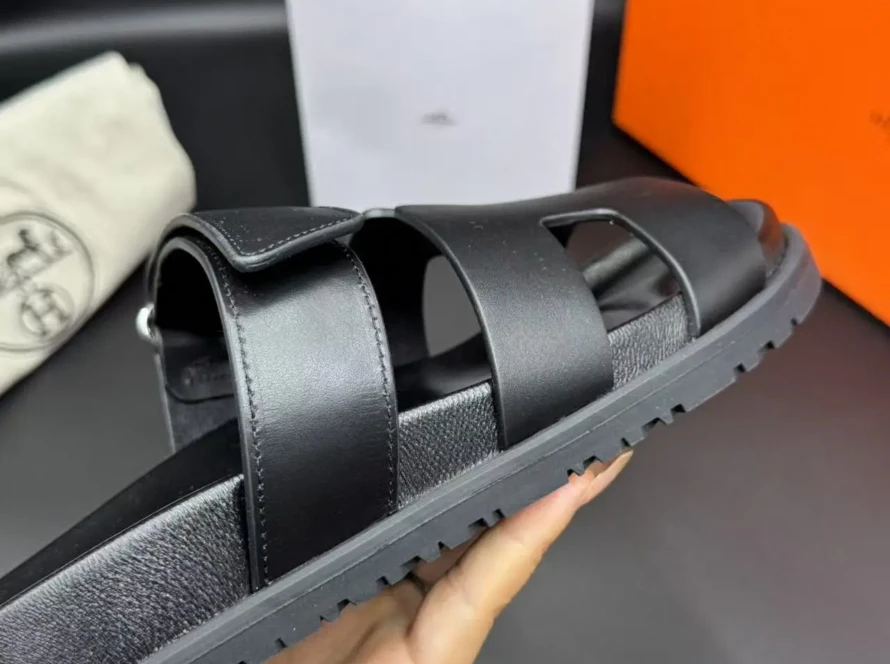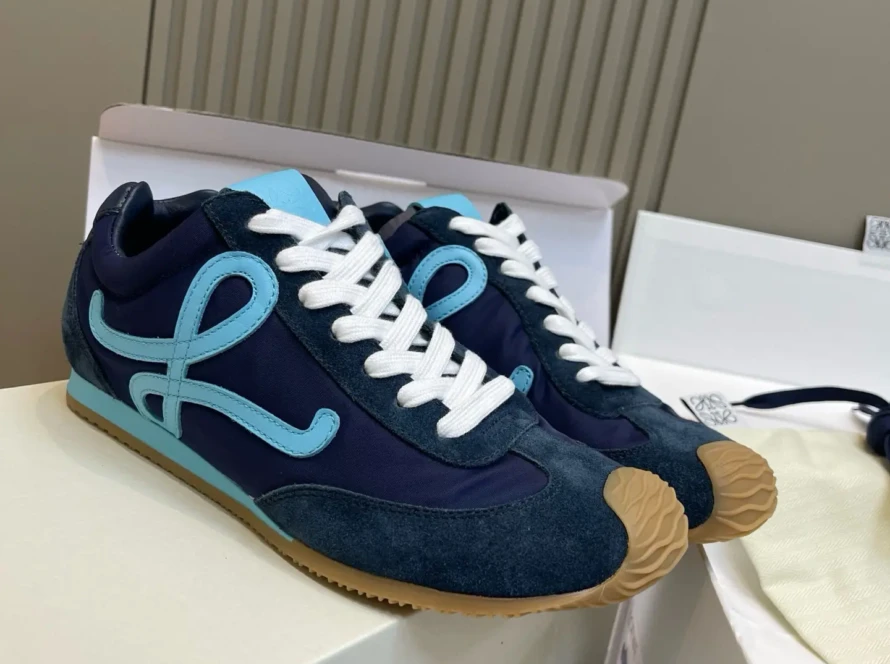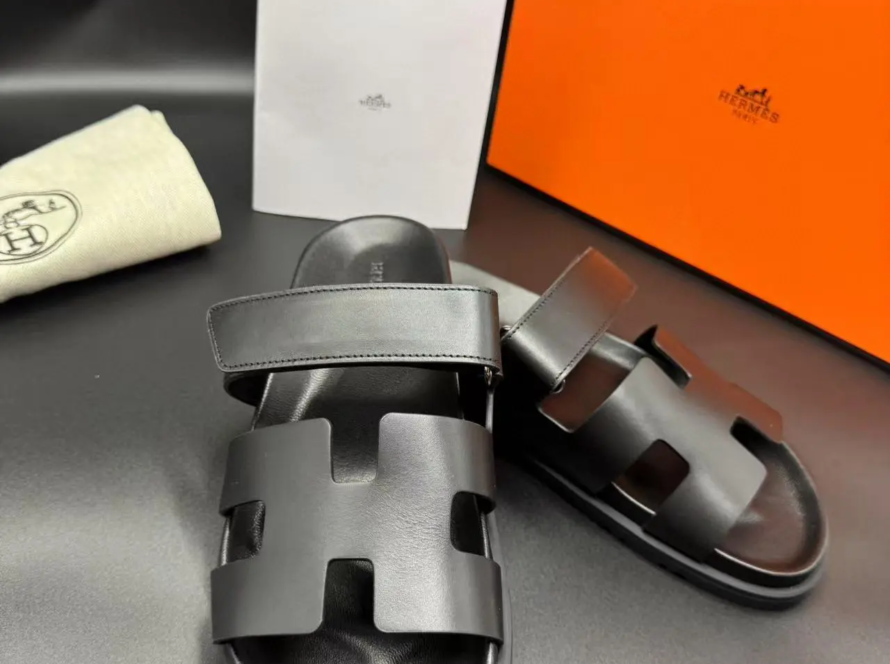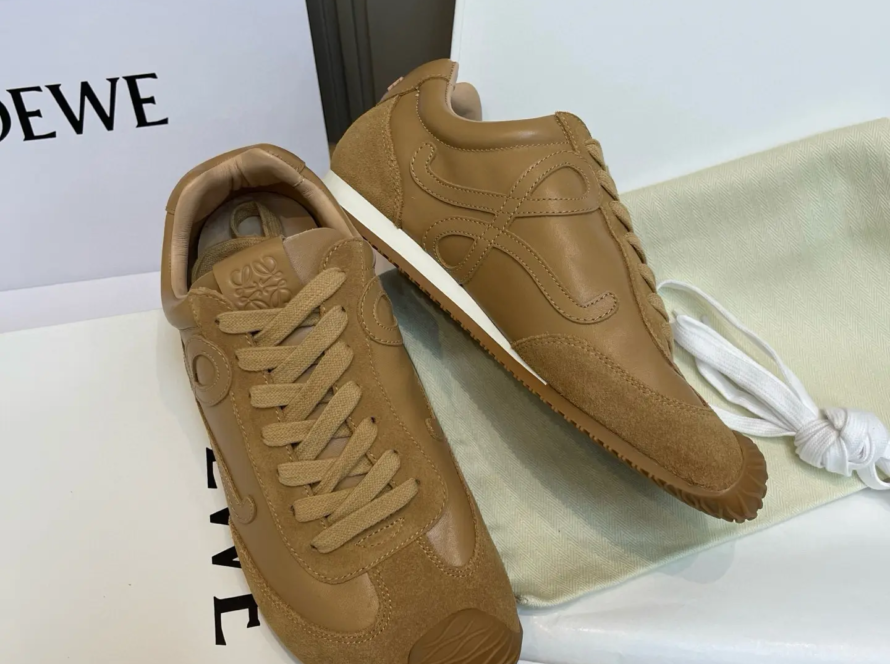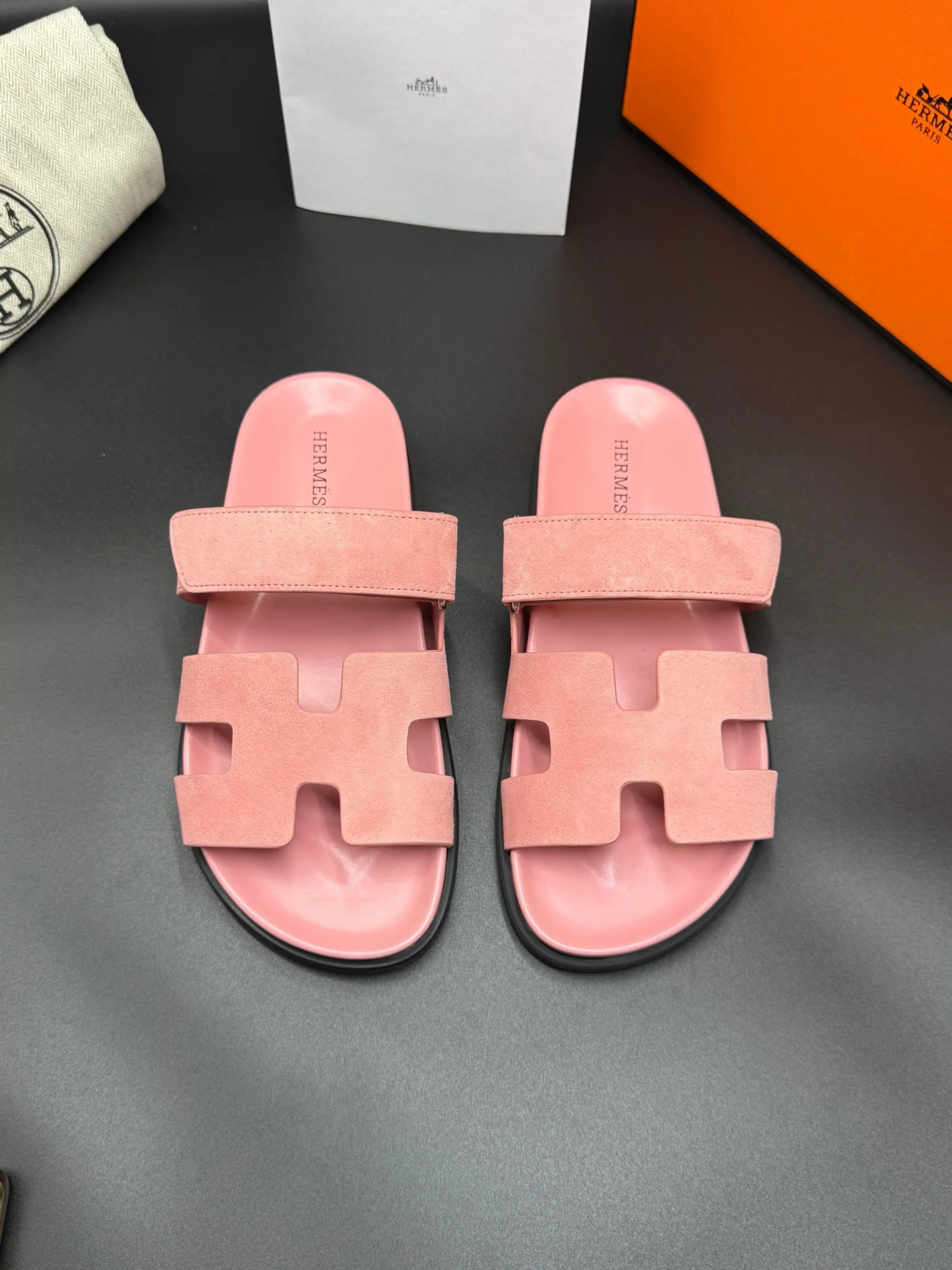
Discerning connoisseurs feel a special kind of heartbreak when they discover water stains on the perfect surface of a precious leather shoe. Whether it’s a sudden rainstorm, an accidental splash, or condensation on an icy drink, these unsightly imperfections seem to appear all too easily on lustrous calfskin, supple cordovan or finely crafted custom leather. For those who view fine shoes as wearable art—an investment in craftsmanship and personal style—water damage can be more than an inconvenience. They are an affront to aesthetics, a potential threat to structural integrity, and an urgent call to action.
Understanding the causes of water spots is the first step to eliminating them. Unlike fabric or synthetic materials, fine leather is an organic porous material with a complex cellular structure. When water penetrates the surface (even in tiny droplets), it displaces natural oils and interacts with the dyes, finishes and tannins used in the leather production process. As water evaporates, impurities in the water (minerals, chlorine, salt) crystallize on or below the surface, leaving cloudy rings or dark spots. Luxury leather, especially aniline-dyed or unfinished varieties valued for its depth of color and natural feel, is particularly susceptible to damage due to its minimal protective topcoat.
Act Now: Golden Moments for Leather Care
Time is your ally. When water comes into contact with shoes, follow these steps:
-
Blot dry, do not wipe
Use a soft, absorbent microfiber cloth (never use paper towels, which can cause lint) to gently absorb excess moisture. Avoid friction, which can grind impurities deep into the leather’s pores or distort its delicate finish. -
Air dry strategically
Place shoes in a well-ventilated, cool,Shaded areas–keep away from radiators, hair dryers, or direct sunlight. Heat accelerates evaporation but may cause the leather to warp, seams to shrink, or the finish to crack. Insert cedar shoe trees immediately to maintain shape and wick moisture away from the interior. Maintain moderate humidity (45-55%) to prevent over-drying. - Resist the urge to “fix”
Applying wax, cream or oil to wet leather can trap moisture beneath the surface, exacerbating damage. Allow the shoes to dry naturally for 24-48 hours before evaluating the spots.
The art of spot removal: a step-by-step fix
Once the shoes are completely dry, assess the damage. For fresh points, usually a simple solution is enough:
1. Steam method (applicable to finished leather)
For use on calfskin, patent or polished leather with protective topcoat:
- Hold your shoes 6-8 inches from the garment steamer (traditional irons run the risk of overheating).
- Shine light steam briefly onto the spots. Paradoxically, heat and moisture reactivate the trapped minerals, bringing them to the surface.
- Wipe gently with a horsehair brush and a clean microfiber cloth.
2. Vinegar solution (use with caution)
For stubborn mineral deposits on oil-tanned or waxed leather (e.g. country boots, saddles):
- Mix 1 part white vinegar (distilled) to 3 parts distilled water.
- Use a cotton swab to dab the spot; avoid oversaturation.
- Neutralize immediately with a damp cloth soaked in distilled water.
- Condition leather within hours of drying.
IMPORTANT NOTE: Vinegar is acidic and will remove dyes – never use on delicate, aniline, exotic or brightly colored leather.
3. Luxurious Leather Conditioner
High-end pH neutral conditioners (e.g. Saphir Médaille d’Or Renovateur, Bickmore Bick 4) replenish the moisture content of the leather fiber structure:
- Apply a thin layer to the affected area.
- Let it soak in overnight.
- Polish with clean chamois. If spots persist, repeat.
4. Solve persistent “ghost” stains
For spots remaining after conditioning:
- Use a light-colored, high-quality, pigment-free cream polish that matches the color of your shoes.
- Use a soft applicator or fingertips to gently apply to marks (body temperature aids absorption).
- Let sit for 15 minutes, then brush vigorously in circular motions to remove residue.
Prevention: Armoring your investments
Active protection is essential for high-value footwear:
-
Weatherproofing when purchasing
Many custom shoemakers (e.g. John Lobb, Berluti) offer a hydrophobic treatment at the tannery, impregnating the leather with protective oils and silicones. Ask for options when debugging. -
High quality nano protective agent
After purchasing, use an advanced spray like Tarrago Nano Protector—a silicone-free, breathable barrier that repels water and won’t clog pores. Test the interior seams first. - strategic storage
Store shoes in a cabinet equipped with Boveda (ideal humidity is 45%) to maintain the suppleness of the leather and prevent mineral absorption. Rotate pairings to avoid stress.
When professional intervention is needed
If the stain stubbornly reappears, your shoes may need:
- Saddle Soap Deep Cleansing (Professional level only)
- Alcohol-based decolorization (for recoloring)
- Full retanning (expensive but effective for traditional pieces)
Seek the services of reputable experts e.g. Elegant Oxford Hotel (New York), foster and sons (London), or authorized brand studio.
Conclusion: Conservation Philosophy
Water stains on luxury leather goods create both a challenge and a sense of ritual—temporarily disrupting a lifelong dialogue between owner and artifact. Remove them as an exercise in patience and respect for the craft. The best shoes are not only possessions, but wealth. They are family heirlooms that fit the wearer and tell stories for decades. By mastering these techniques, you protect not only the beauty, but the narrative woven into every stitch and crease.
FAQ
Q: Can toothpaste or baking soda remove water stains?
A: While Anecdotal Blog touts their wear resistance, these household products carry the risk of wear, pH imbalance, and discoloration. Stick to pH-neutral luxury products designed for the delicate chemical properties of leather.
Q: Can olive oil condition leather and hide stains?
A: Avoid olive, coconut, or vegetable oils—they oxidize, turn rancid, and attract mold. Use only conditioners that are lab-formulated with stable lipids (e.g. lanolin, mink oil).
Q: Can I wear suede shoes in the rain after treatment?
A: Even nano-protected suede is still fragile. If it gets caught in the rain, let it dry naturally and then erase it with a copper-bristle suede brush.
Q: Is mineral water safer than tap water for spot cleaning?
A: Actually, no – mineral water contains higher concentrations of sodium and sulfates. Use only distilled or deionized water for leather care.
Q: How do I prevent “moisture wicking” stains from appearing in my shoes?
Answer: Water that penetrates into the insole will rise through capillary action, causing internal discoloration. Immediately insert the cedar tree to absorb the moisture inside.
Q: Are water spots a sign of poor leather quality?
A: Paradoxically, quite the opposite. Full-grain vegetable-tanned leather absorbs moisture more easily than coated lower-grade leathers. Sensitivity indicates authenticity.
Q: Can insurance cover water damage to custom-made shoes?
A: Some high-net-worth individual policies allow the addition of handmade footwear under “valuable personal items.” Document provenance and evaluation.
Q: Will repeated spot treatments weaken the leather?
A: Over-conditioning can clog pores. Limit deep treatments to 1-2 times per year unless exposed to moisture regularly.
Q: Should I avoid wearing leather soles in wet weather?
Answer: Untreated oak bark leather soles will absorb water and risk deformation. Use rubber overshoes (such as those made by SWIMS) or smear the edges of the soles in advance.
When dealing with water damage, remember: The sign of true sophistication lies not in avoiding every accident, but in mastering the art of repair. Each careful application of the balm, each patient stroke, becomes an act of reverence—to the heritage of the tannery, the vision of the last maker, and the silent adventure the shoe takes with every step.

